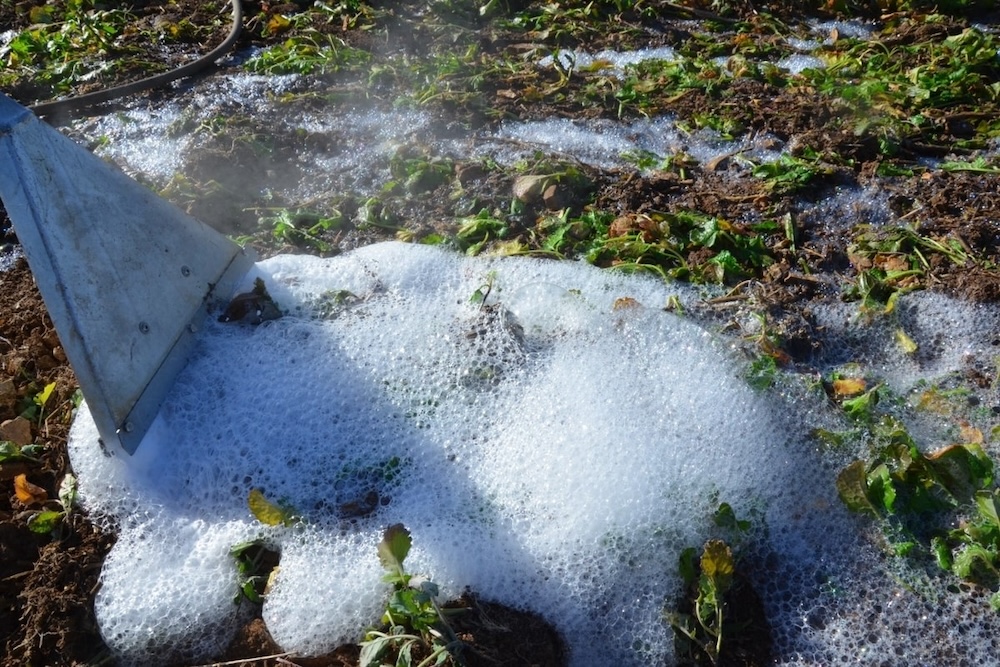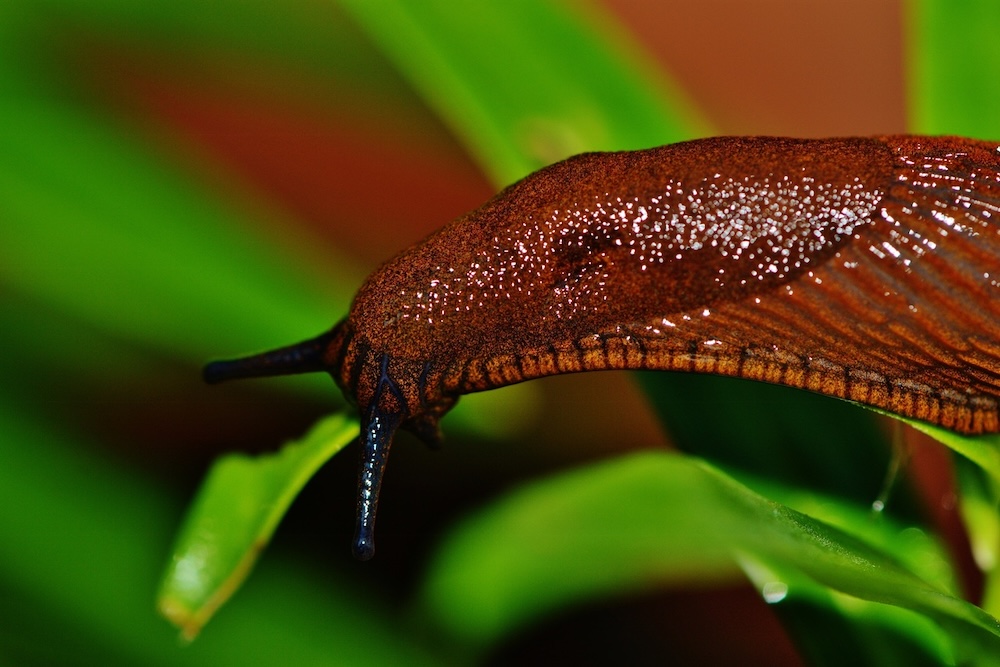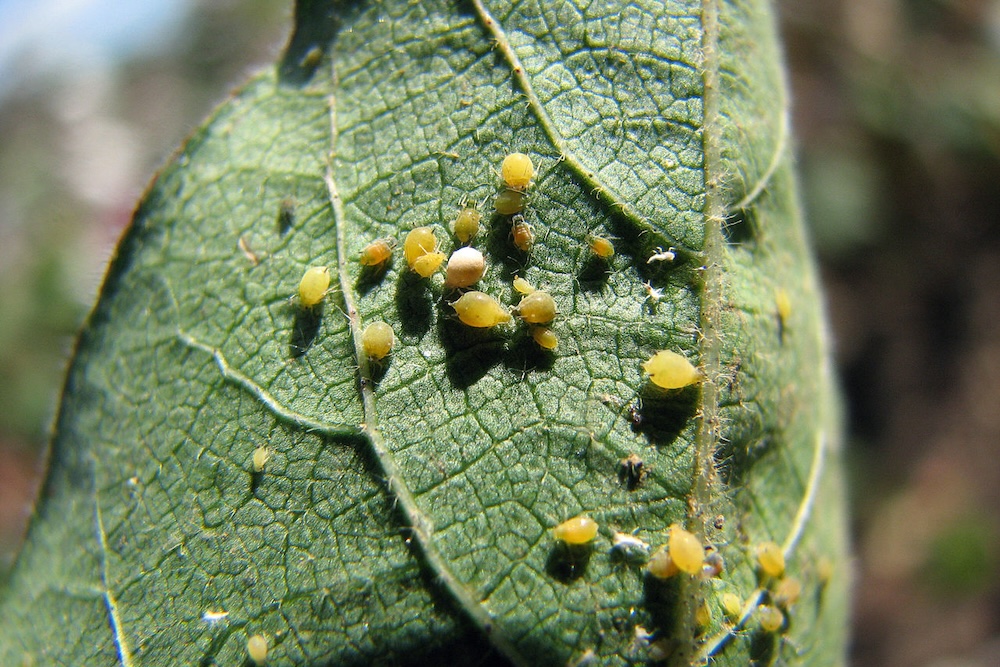These creatures are known to cause significant damage to a variety of plants, turning a once vibrant garden into a landscape of half-eaten leaves and stems.
Steam: A Herbicide Alternative
Gardening, both professionally and at home, has often relied on chemical herbicides for weed management. However, growing environmental and health concerns necessitate the exploration of alternatives to these chemicals. One such promising alternative is the use of steam.

The Problem with Chemical Herbicides
Chemical herbicides, particularly glyphosate, have been linked to a range of environmental and health issues, including cancer in humans and gut biome issues in insects. The science for this can be murky, as I explained in a previous article which you can read here:
Regardless of how bad glyphosate and other modern herbicides may or may not be, many people are searching for alternatives to either completely or partially replace them.
Steam: A Promising Alternative
How Does Steam Work as a Herbicide?
Steam kills weeds by heating the water within the plant cells, causing them to burst and effectively cook the plant from the inside. This method not only kills the plant but also breaks down seeds in the soil, preventing future weed growth. It’s much faster-acting than herbicides.
After a single treatment, you can see plants hanging limply and it’s evident that they’ve been treated. Contrast that with plants sprayed with herbicides, which can take weeks to show signs of dying in some circumstances. I once had a landscape maintenance client complain the day after I’d sprayed glyphosate because their weeds weren’t dead yet.
Unfortunately, that’s not the way glypho works.
Limitations of Steam
Admittedly, steam technology has its limitations. The equipment required can be quite expensive compared to chemical herbicides, posing a significant initial investment or ongoing contractor fees. Additionally, while steam is effective in killing many weeds, it may struggle to eliminate plants with deep taproots.
And it can also impact soil organisms like worms and beetles, which are brutally cooked alive. Their populations will, of course, bounce back quickly but it’s certainly one aspect to keep in mind.
Companies Providing Steam for Gardeners
Companies like WeedingTech, WeedTechnics and Greensteam are leading the way in providing steam solutions for gardeners in Australia. For instance, WeedingTech’s Foamstream system uses superheated steam combined with a plant-based foam to insulate that heat to target taproots effectively.
Other Alternatives: Boiling Water & Fire
Boiling Water
For smaller areas like paved courtyards, boiling water can serve as a simple, cost-effective alternative to herbicides. However, like steam, it can impact soil health and is less effective against deep-rooted weeds.
Fire
Fire, using a propane torch, can be successful in controlling weeds. It provides immediate results and can kill seeds in the soil but carries risks of accidental fires, especially in dry conditions. It may also struggle to control woody weeds with vigorous root systems.
Daniel’s Wrap
The environmental and health impacts of chemical herbicides, coupled with the growing issue of weed resistance, underscore the importance of considering alternatives such as steam, boiling water, and fire for weed management.
As gardeners, landscape maintenance professionals, and council decision-makers, we have a responsibility to adopt more sustainable practices. The future of weed management will likely continue to evolve, and it’s crucial that we stay informed and open to new methods.




This Post Has 0 Comments